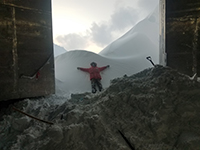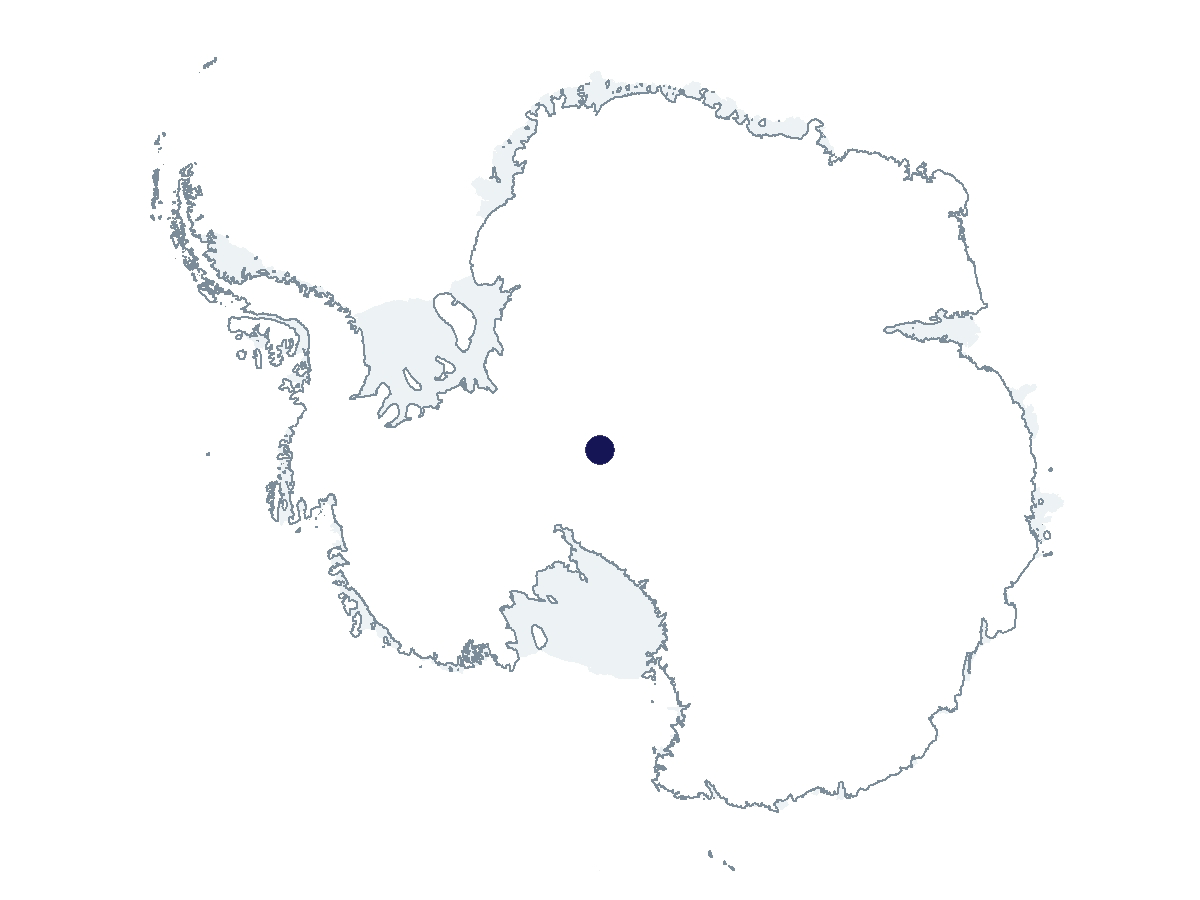2022-2023 USAP Field Season
Project Detail Project TitleCold Regions Research and Engineering Laboratory (CRREL) support: South Pole Station Summary
Event Number:
Program Director:
ASC POC/Implementer: Principal Investigator(s)
Ms. Renee Melendy
Location
Supporting Stations: South Pole Station DescriptionThe Cold Regions Research and Engineering Laboratory (CRREL) activities encompass engineering and basic research in support of a variety of projects at both McMurdo Station and Amundsen-Scott South Pole Station. Snow drifting poses a significant challenge to polar infrastructure due to increased loads on buildings and the challenges drifts pose to access and maneuverability. Each year, personnel at the South Pole Station must remove significant amounts of deposited snow that accumulate via drifting to prevent overload on buildings and denial of access to facilities. Of particular concern at South Pole Station is the upwind drift, which prevents the Station from acting as a snow-catchment and pushes blowing snow toward the buried power plant, logistics building, garage (Arches) and Elevated Station stairwell structures on Station. The project will develop and deploy the Snow Drift Observation System (SnowDOS), a low SWaP (size, weight, power) kinematic mapping system and associated automated processing software suite for monitoring deposited snow drift distribution and volumes at South Pole Station. Resulting observations will provide near-real time maps of the snow drift distribution, depth, accumulation rates and volumetric measurements to be used in both assessing drift mitigation techniques and in snow removal planning. Field Season OverviewTwo Cold Regions Research and Engineering Laboratory (CRREL) personnel will deploy to South Pole Station. For exterior survey work, CRREL will require a portable generator on sled, transportable with a snowmobile. Activities will include: 1) SLAM lidar system adaptation – The Lidar Team at CRREL will work with the sensor manufacturer to adapt their lidar sensor for use at South Pole Station; 2) automated data processing suite – to be minimally invasive to South Pole Station operations, CRREL will develop a suite of software products using the Point Data Abstraction Library (PDAL) that will geo-register, analyze, and create final products. The resulting products will include multi-temporal snow drift depth, distribution, and volumetric calculations for all snow surfaces observed by SnowDOS; 3) a high-accuracy baseline survey of the Elevated Station and the interior/exterior of the Arches. This survey will be performed as close to the annual removal of the snow drifts as possible; and 4) training for NSF personnel – The design of the system allows for frequently repeated, short-duration surveys of the exterior of the Elevated Station and the surrounding snow drift surfaces, as well as the interior/exterior of the Arches. Deploying Team Members
|
2022-2023 Science Planning Summary



For USAP Participants |
For The Public |
For Researchers and EducatorsContact UsU.S. National Science FoundationOffice of Polar Programs Geosciences Directorate 2415 Eisenhower Avenue, Suite W7100 Alexandria, VA 22314 Sign up for the NSF Office of Polar Programs newsletter and events. Feedback Form |


